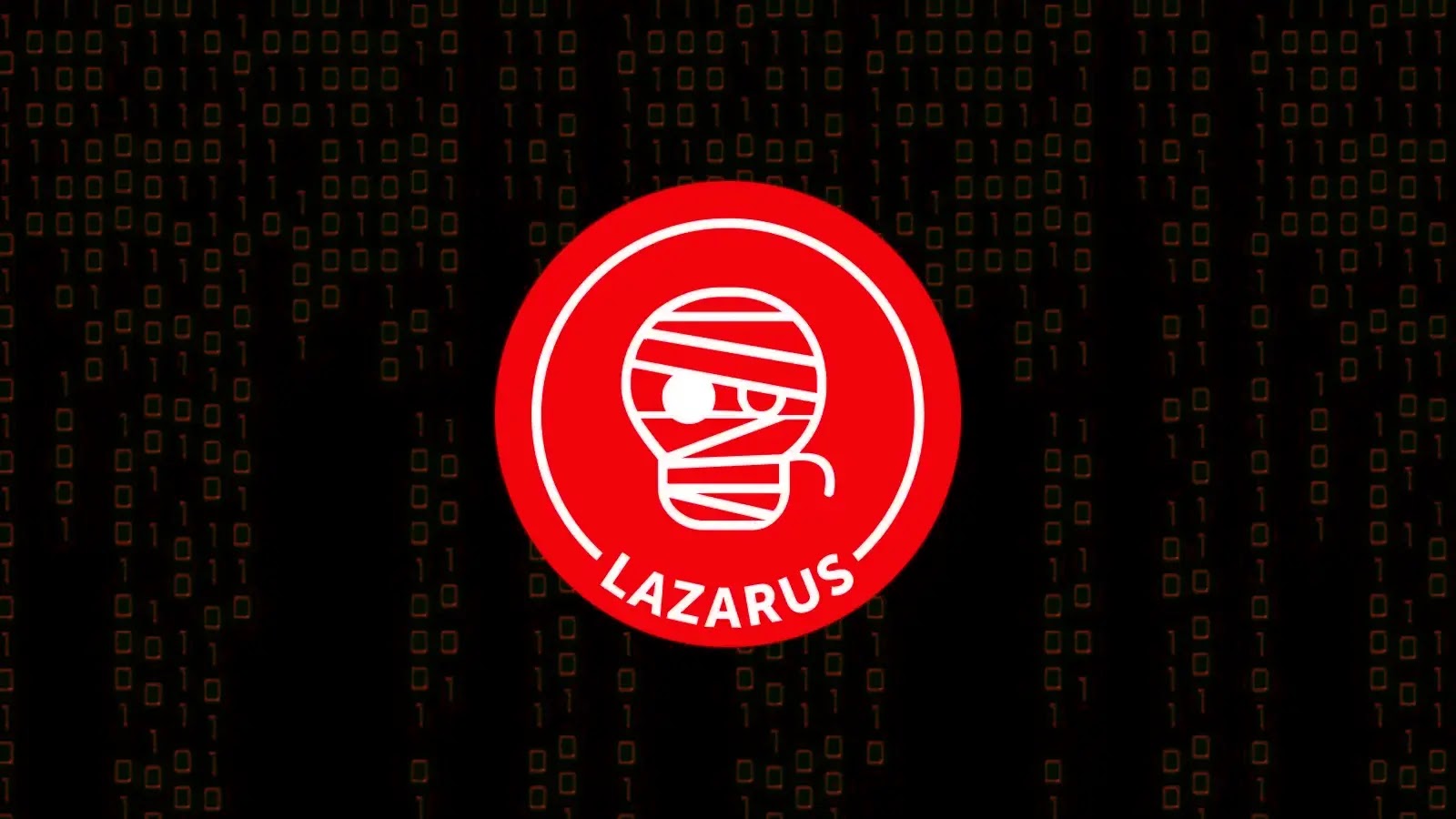In the week spanning July 21 to July 27, 2025, the cybersecurity landscape witnessed a series of significant incidents underscoring the persistent and evolving nature of digital threats. From devastating ransomware attacks to sophisticated state-sponsored espionage, these events highlight the critical need for robust security measures and heightened vigilance across all sectors.
Ransomware Devastates 158-Year-Old Logistics Firm
KNP Logistics, a venerable UK-based company with a 158-year history, fell victim to a catastrophic ransomware attack. The breach was initiated through a single compromised password, leading to the complete operational shutdown of the firm and the loss of 730 jobs. This incident starkly illustrates the severe consequences of inadequate password management and the importance of implementing stringent access controls to protect critical infrastructure.
APT41 Targets African Government Using Impacket Tools
The Chinese-linked Advanced Persistent Threat group APT41 launched a targeted espionage campaign against an African government’s IT services. Utilizing Impacket’s Atexec and WmiExec modules, the attackers achieved lateral movement within the network and deployed malware effectively. They embedded internal network details within payloads and compromised a SharePoint server to establish command-and-control channels. This campaign marks a significant escalation in APT41’s activities within the region since late 2022, highlighting the need for enhanced monitoring and defensive strategies against such sophisticated threats.
DeerStealer Malware Disseminated via Fake Google Authenticator Sites
Cybercriminals have been distributing the DeerStealer malware through deceptive websites that mimic legitimate tools like Google Authenticator. By exploiting Windows Run prompts, the malware extracts sensitive information, including browser credentials, cryptocurrency wallets, and data from over 800 extensions. It employs Telegram bots for victim tracking and utilizes obfuscation techniques to evade detection. Notably, these campaigns often involve payloads hosted on GitHub with XOR encryption, emphasizing the need for users to verify the authenticity of software sources and maintain updated security protocols.
US Nuclear Agency Breached via SharePoint Zero-Day Exploits
Unknown hackers exploited a chain of vulnerabilities in Microsoft SharePoint to infiltrate the National Nuclear Security Administration (NNSA), a division of the Department of Energy. While the breach affected a limited number of systems and did not compromise classified data, it underscores the critical importance of promptly addressing zero-day vulnerabilities. The NNSA is currently undertaking restoration efforts, and this incident serves as a reminder of the persistent threats facing national security infrastructure.
UNC3944 Exploits VMware vSphere for Ransomware Deployment
The cybercriminal group UNC3944, also known as Scattered Spider, has been employing social engineering tactics to manipulate IT helpdesks into resetting passwords and escalating privileges. This strategy grants them access to VMware vSphere environments, where they modify GRUB bootloaders to gain root access, install reverse shells, and extract domain data offline before encrypting virtual machines. This sophisticated approach highlights the necessity for multi-factor authentication and continuous monitoring of IT environments to detect and prevent such intrusions.
Gaming Mouse Software Compromised with Malware
Endgame Gear’s official website was compromised, leading to the distribution of trojanized drivers for their OP1w 4K V2 gaming mouse between late June and mid-July 2025. The malware provided remote access capabilities and evaded detection by certain antivirus programs, including Windows Defender. The company has since replaced the malicious files, but the incident underscores the importance of verifying software integrity and the potential risks associated with downloading drivers from official sources.
Interlock Ransomware Targets Critical Infrastructure
Active since September 2024, the Interlock ransomware group has been focusing its attacks on critical infrastructure sectors. Their operations involve sophisticated techniques to infiltrate and encrypt essential systems, demanding substantial ransoms for data recovery. This trend highlights the escalating threat posed by ransomware groups to vital services and the imperative for organizations to implement comprehensive cybersecurity measures, including regular backups and incident response plans.
Conclusion
The events of this week serve as a stark reminder of the dynamic and pervasive nature of cyber threats. Organizations must remain vigilant, continuously update their security protocols, and foster a culture of cybersecurity awareness to mitigate the risks posed by both opportunistic and targeted attacks.



